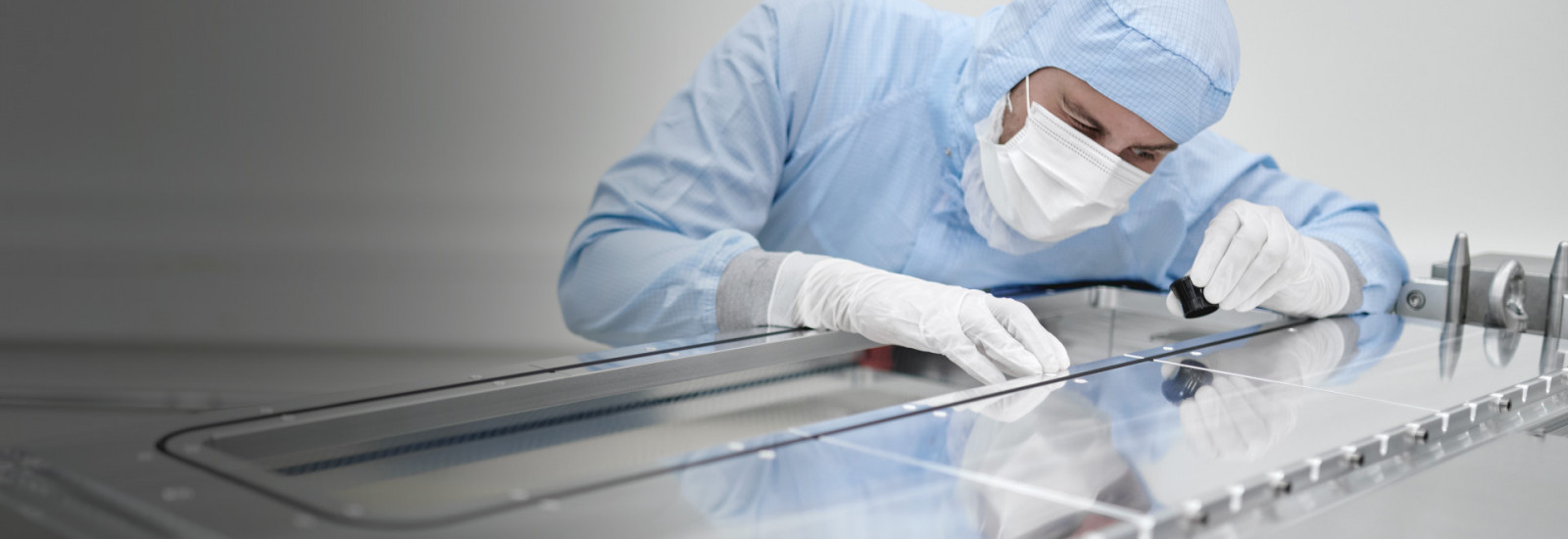To get a grip on the growing complexity, every component in a semiconductor production system must meet the defined specifications precisely and in a reproducible manner. The credo here is the smaller the quality fluctuations of the components used, the more stable the framework conditions for the production process.
While the exact reproducibility of components is the standard in industrial production today, in the semiconductor industry with its nano-structures it repeatedly reaches the limits of what is technologically feasible and thus also determines technological progress.
If even the smallest changes at the molecular level can influence the quality and cost-effectiveness of semiconductor production, all the components used for their production must also meet completely different standards.
Today, the development of modern vacuum valves is about much more than just providing the core functions of a valve such as opening, closing or regulating. As dynamic components, valves with their motion components change the physical and chemical conditions, for example in a semiconductor process chamber. As a core element of the opening and closing cycles of the chambers, they change conditions that are ideally controlled and stable in all aspects. The change of pressure conditions, e.g. due to the inlet of process gases, leads to a variety of dynamic changes within the chamber, turbulence, thermal and electrostatic reactions at surfaces and much more. Making all aspects of these changes measurable, calculable and thus controllable is the primary goal. The more reproducible the behavior of the valves used, the better the dynamics can be controlled.
A major challenge for the production of valves: Exactly reproducible behavior, over thousands of motion cycles, the same for all valves of one type.
In order to be able to meet challenges in such extreme, almost zero-tolerance ranges, the design of the valve is crucial. This is where the feasible is essentially defined. In addition to the design of the valve, other areas are also decisive. For example, the selection of materials and thus the procurement of the basic components, which are always the same, then the design of the production process in which every step from the material to the end product as well as its packaging and shipping is defined and monitored down to the smallest detail. "Down to the smallest detail" here means identifying all relevant control parameters in advance and also designing their monitoring to be exactly reproducible. In detail, this can be a defined textile type for rags with which components are cleaned or the monitoring of the tightening torque when connecting two workpieces with automated screwdrivers.
VAT follows here the established methodology in the semiconductor industry, of "Copy Exactly". Any deviation above or below the defined variation ranges is immediately analyzed for its cause and action is taken to return the process to the defined state.
This approach guarantees that components always remain within the defined specifications, even over longer production periods and at different production sites.
In order not to exclude continuous improvements to the valves or their manufacture, the "Copy Exactly" approach is associated with process change management, with the help of which desired process changes are assessed for their effects in terms of quality and cost-effectiveness. This assessment is always carried out in close cooperation with the customers who install these valves in their systems.
This approach gives VAT customers who purchase series products a very high degree of influence over VAT production, and thus the guarantee that they will always be able to work with exactly the same detailed specifications throughout the entire period of use of a valve or vacuum system, as well as the use of spare parts. This reduces the complexity in the application and makes the reproducibility of e.g. semiconductor manufacturing processes more controllable.
